Blackbody v.2A six chapter conjecture on the mental struggle of striving for the best noise floor
Solar WindOther than the most obvious relationship of Sun to Earth, which is gravitational pull, another no less meaningful interaction is the so-called solar wind. While gravity is constantly pulling the sun together, just as it does the earth, there is also an outward force to the sun, and it fluctuates. It affects charged particles, called ions, in and around the atmosphere of the sun. This force pushes these tiny particles out in all directions. They travel from the sun all the way out past the planets, even farther than Pluto. There is nothing in our solar system that is not touched and affected by the solar wind, Earth included. So what is the solar wind made of?The solar wind is mainly made up of Hydrogen ions and other charged particles. There is also a small amount of neutral Hydrogen, combining from the smaller particles as they race through space. Helium ions and neutral Helium atoms are also found. Nasa's Jet Propulsion Lab carried out the Genesis mission through which scientists detected almost every known element of the solar wind. The Sun is not only a source of light. It is also a source of charge in the form of charged matter. 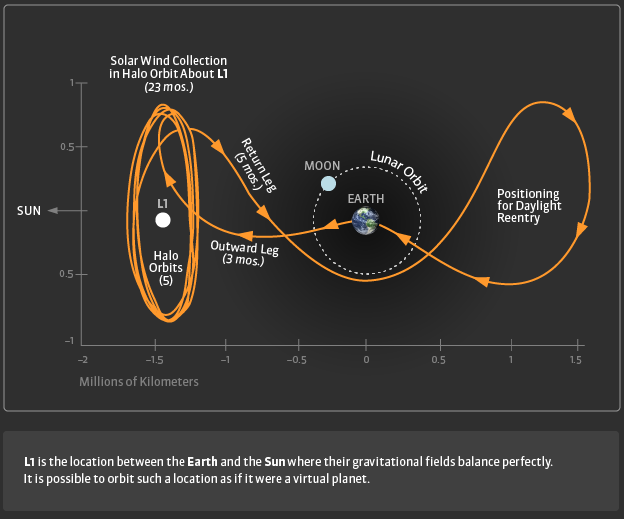
Genesis mission's trajectory and flight path. 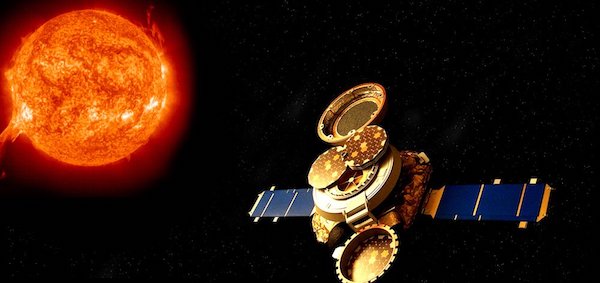
Artistic depiction of Genesis collecting solar wind precipitation. 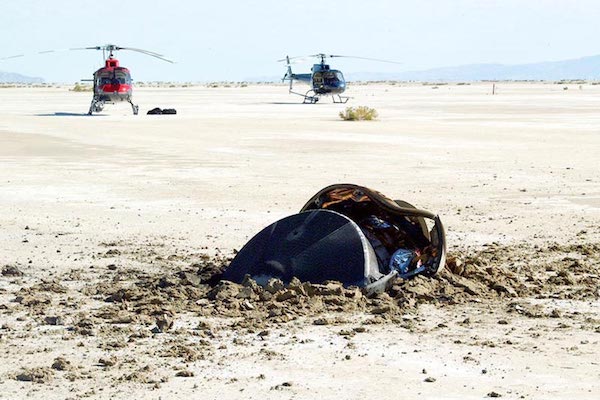
This is Genesis in 2004, landed in a desert in Utah. 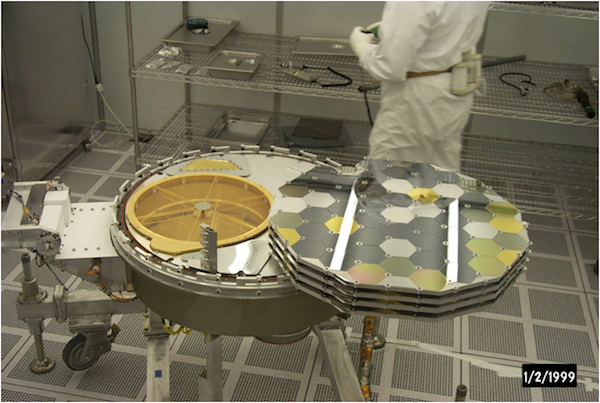
The Concentrator on Genesis which collected space dust for analysis. It is the solar wind's interaction with Earth's upper atmosphere that creates the famous Auroras. The charged ions in the solar wind hitting atmospheric oxygen and nitrogen, and the exchange of energy between them, create the beautiful displays in the sky. 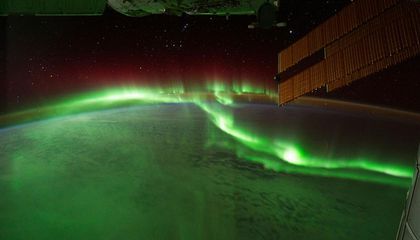
Auroras seen from space. The Ace satellite monitors the solar wind, and it has been doing so for decades. It measures numerous data points about the solar wind, including the density of the particles streaming from the sun, the speed of those particles, and their temperature, as well as determines aspects about the wind that affect the Earth more than others. 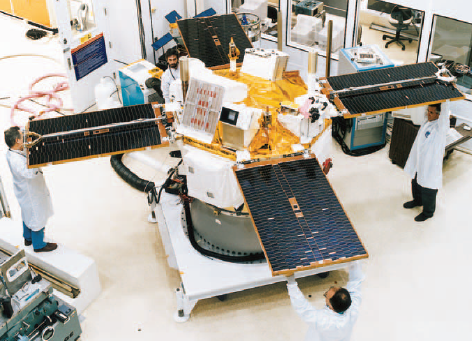
The ACE (Advanced Composition Explorer) satellite Since 2016 the Goes-R (now known as Goes-16) satellite launched and delivered even better monitoring of the solar wind and more data from the sun. 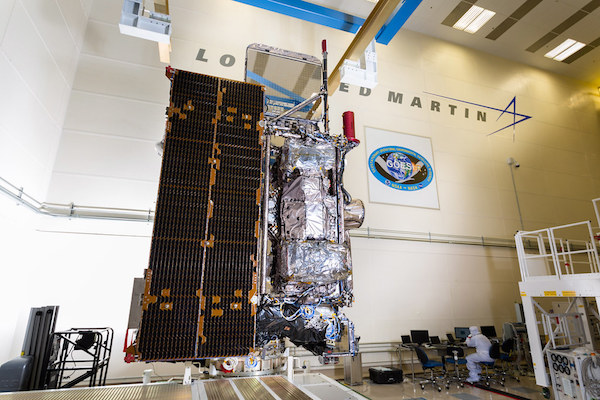
The Goes-R satellite fully assembled Much has been learned about how events on the sun affect the solar wind, and how the solar wind affects our life on Earth. From our electrical grids, to the daily weather right above our heads, it is today undoubted that the sun has influence. What types of solar events influence the solar wind which reach and affect the Earth?The solar wind is constantly changing. It is known as space weather. Specialized cameras are orbiting the sun which deliver impressive detail of the massive solar events that end up being important for humans living on the earth. There is even a special magnetic imager on NASA's Solar Dynamics Observatory satellite which lets us peer right down into the sunspots. We can even detect the polarity of the magnetic force of the ever changing sunspots. A specialized satellite called Iris was launched and began using its super zoom capability to bring us unprecedented images of the Sun close up, revealing never-before-seen details of how our Sun works. 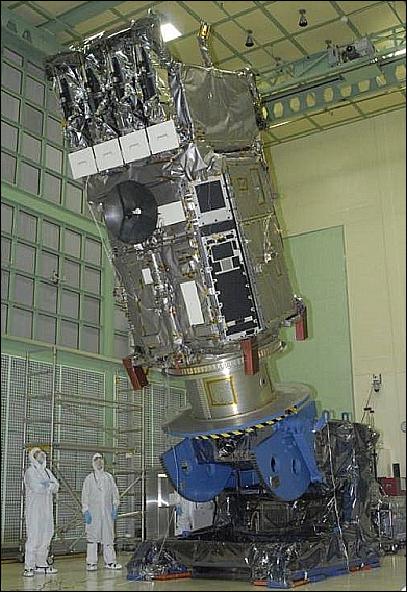
NASA's Solar Dynamics Observatory satellite A 211 angstrom imager reveals coronal “holes.” These dark patches called sunspots are not really holes in the Sun. They are open fields in the atmosphere that eject charged particles out as solar wind at a faster pace than at other locations. The specific particles found there register black by the detector. These sunspot regions are often larger than the entire Earth itself. 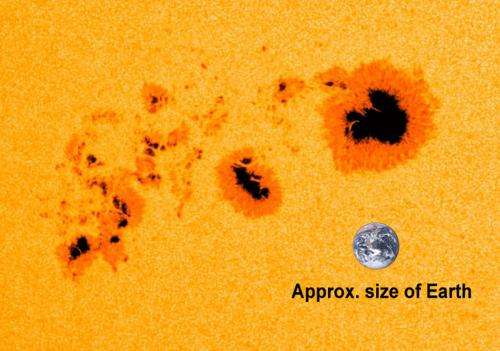
High above the surface and often far above much of the corona we can see plasma filaments defying gravity for extended periods of time, suspended by magnetic forces. An important influencer of space weather is when such filaments sometimes violently release into space. 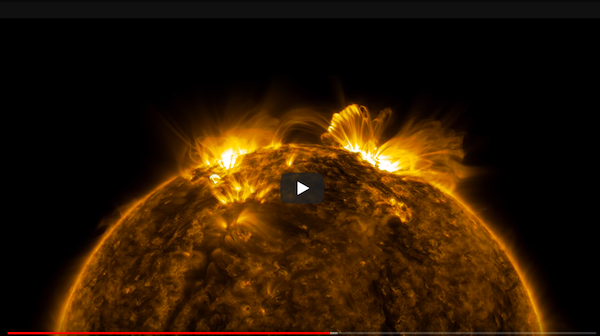
What causes space weather?Sunspots appear, disappear, grow, decay, morph, all seemingly with a mind of their own. Bright loops of plasma leap up from sunspots in smooth arches and come back down and connect directly to other sunspots, into their very center known as the Umbra. The intermediate regions surrounding the dark central sunspot Umbras are called the Penumbra. An electromagnetic phenomenon is observed here. Those loops are actually magnetic fields that contain plasma (charged particles) and probably much of the rest of the solar wind material. The loops only connect at oppositely magnetized sunspots or those having opposite polar force. For scale, these sunspots and loops can easily grow to many times the size of Earth. 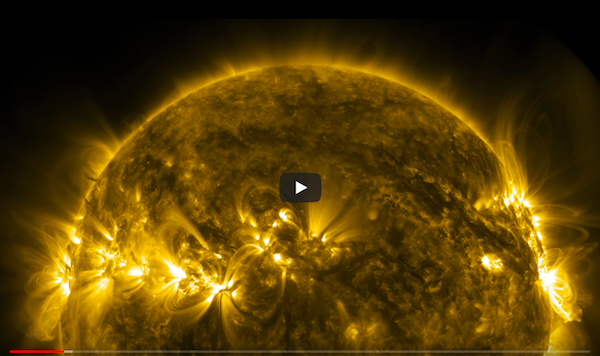
Snapshot from the same video linked to above. Equipment on observation satellites show us whether the sunspot is positive or negative. Loops come out one sunspot and dive down into one of the opposite charge. There are known energetic oscillations between 2 and 3 minutes apart associated with sunspots, while other oscillations have been recorded about 5-6 minutes apart. It turns out there are many rhythmic aspects to the Sun's activity, and much seemingly random activity as well. Every looping magnetic field arc of charged matter has two corresponding sunspots to which it connects to the Sun. Every sunspot has magnetic fields that extend up into the corona. They shift and interact constantly. This causes their fields to interact to where sometimes the separate flows of plasma entangle. Charged matter gets accelerated to near the speed of light, unleashing a solar flare. This is a violent burst of extreme ultraviolet, x-ray, and gamma ray radiation. 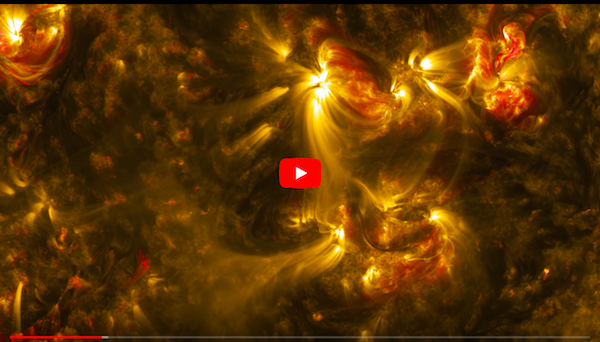
Snapshot from the same video linked to above. The energetic release caused by solar flares occur as the charged particles controlled by the magnetic field loops coming out of sunspots interact. While the sunspots are constantly moving and shifting around, so are the loops. These fields interact such that you have fast-moving plasma whipped into changing direction and is accelerated to near the speed of light. These solar flares are one of the causes of space weather that affect our theory. Another is a phenomenon known as coronal mass ejection (CME). 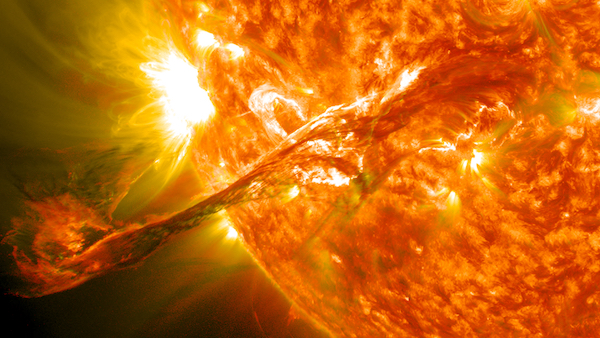
A gigantic solar flare. Solar flares and coronal mass ejections (CMEs) are very high energyThese flashes of high energy EM shockwaves and charged mass ejections are often, even at their source, larger than the earth itself. Upon impact with Earth they create excited states in the Earth's atmosphere. 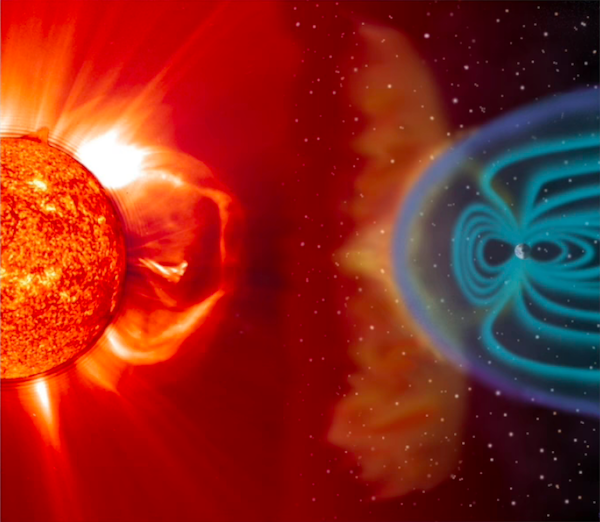
Artistic rendition of Sun's flare, solar wind and Earth's magnetic field Now, beyond just providing light, the solar energy always excites the atmosphere of the earth where the Sun is directly overhead at the time. When the Sun's activity is calm, its influence on Earth's atmosphere is at its weakest and has normal heating effect, but during strong solar flares the area of the earth that is facing the Sun is splashed in extreme ultra-violet, x-ray and gamma ray radiation which can excite the ionosphere. The ionosphere helps bounce our radio signals across the world. When it gets supercharged like this it causes what is known as a radio blackout. Radio blackouts occur about 8-10 minutes after the plasma flare event on the Sun because the EM energy moves at the speed of light. These cannot be predicted because even the act of our observing the sun is delayed by about 8-10 minutes due to the distance involved and the finite speed of light. On the other hand, Coronal Mass Ejections can be foretold because the charged particles move slower than the speed of light. We can see the flare before we receive the particles which have mass. Think of the familiar lightning and thunder. Or, even better, first lightning (flare of light), and then rain (charged ion particle precipitation). Again, the sunspots themselves are often bigger than the entire earth, so consider just how powerful these eruptions can be. 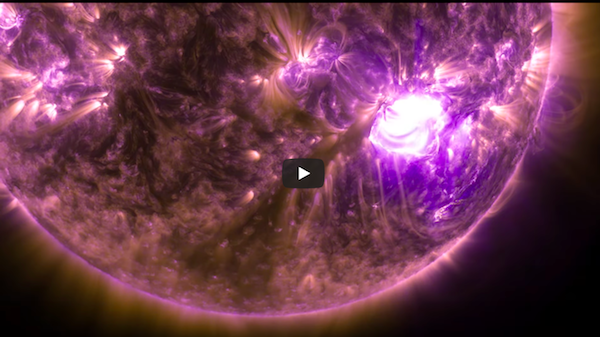
Snapshot from the same video linked to above. Solar flares are not the only makers of CMEs. The plasma filaments that hover above the surface can release as well, and these usually do not have an associated flare event. They simply erupt. For another idea of the size of these things, consider that within hours of the initial eruption, the cloud of ejected particles can be big enough to house multiple suns. Through satellite imagery it is possible to determine the direction the CME is heading and often how much charged material has been ejected. 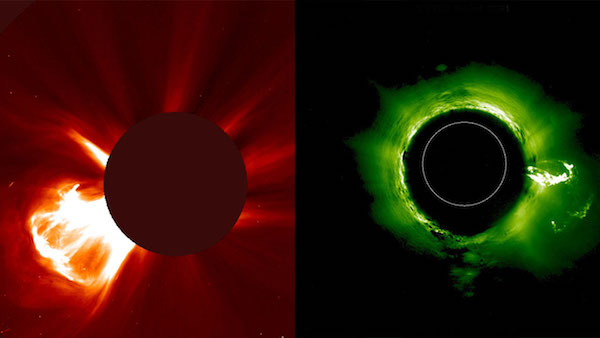
Satellite imagery with sun blocked out to reveal the size of the flare and ejected cloud of charged matter. This is important because these clouds of charged particles are the primary thing that influences the solar wind or what we call space weather. Especially in an earth directed CME which can intensify the solar wind to the point it creates the colorful Auroras. If the CME is big enough, it can do a lot more than make pretty lights in the Northern and Southern sky. Magnetic portals, “highways” for ions to travelJust as Earth has a magnetosphere, a magnetic field that protects our planet from solar and galactic radiation, the solar system itself has a larger magnetic field of its own. The Sun produces this magnetic shell known as the Heliosphere. It extends out past Pluto, the Kuiper belt, and the Oort cloud. It protects the entire solar system from yet other Stars' charged projectiles and radiation. 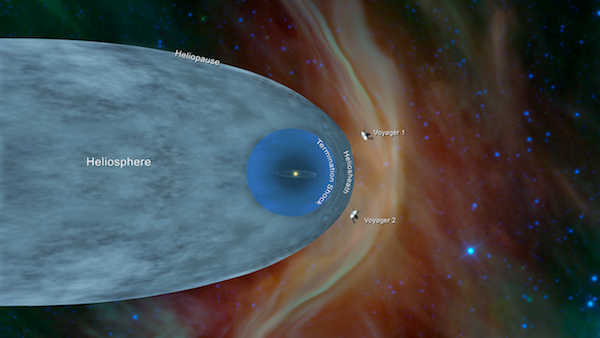
The Voyager satellites have ventured out past the Sun's Heliosphere to report back data on the greater cosmic material found there. Clearly the Sun's Heliosphere encompasses Earth and Earth's magnetosphere, and they both interact on a regular basis approximately every eight minutes, in part cancelling out, creating what NASA calls a magnetic portal where charged particles from the solar wind enter freely into Earth's system. This is called a flux transfer event. There is incredible variation to these events and during the severe ones many agencies and individuals go on alert. 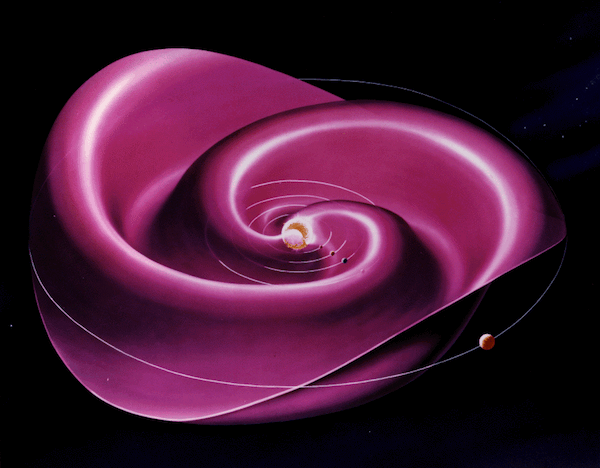
Heliospheric current sheet out to the orbit of Jupiter We know that solar flares cause radio blackouts that last as long as the flare does, but when these magnetic portals are surged by a solar eruption, the influx of particles can be severe enough to cause a radiation storm at Earth's polar regions. These strong connections can cause multi-day storms. The most severe storms require astronauts to enter safe rooms aboard spacecraft. Air traffic control begins to reroute high latitude and polar flights to avoid exposing passengers to increased radiation. If one of these events was big enough it could theoretically be dangerous to even stand on the ground near one of Earth's poles. 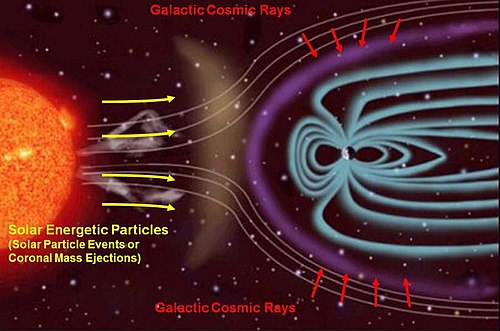
We have a fairly good way of detecting these connections which scientists calculate using advanced field simulation software. The dominant connection point where solar activity is most likely to cause increased flux events is monitored. Currently the Goes satellites monitor the radiation specifically in terms of proton influx. There are both proton and electron events. Major events are rare. 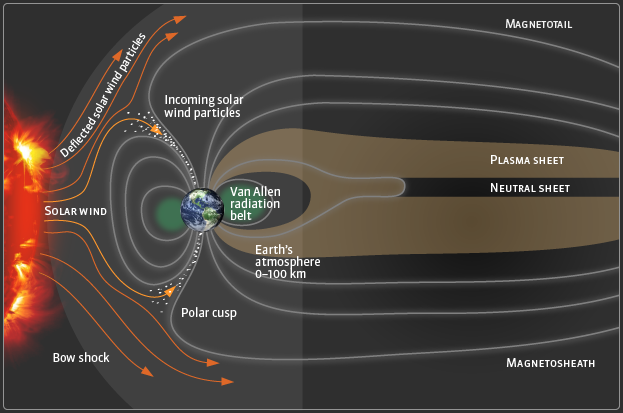
No person has ever been directly harmed by a space radiation storm. These events range on a scale from S1 up to S5 with S5 being the strongest, when satellites and spacecraft are under significant threat along with some airline passengers. To be in danger on the ground would require an event off the charts like an S6 storm that humans have never seen. Solar energetic particles in these radiation storms can arrive within minutes of an observed solar flare and last for days. But the most significant space weather events come from Coronal Mass Ejections, CMEs, the most prolific makers of the Aurora's. The earth directed CMEs send particles towards Earth that impact Earth's magnetosphere, compact it and energize it causing disruptions in Earth's magnetosphere that can cause electrical disruptions from satellites all the way down to ground level transformers and electrical grids. Scientists are beginning to understand that all major solar events have effects on Earth's atmosphere and how these strong events create geomagnetic storms, where Earth's magnetosphere becomes unstable during the CME shockwave. In the wake of the impact, in the worst case scenario, these solar events could cause disasters here on planet earth. The next big stormIt has been a hundred and sixty years since the last mega solar flare. Back then it was not very dangerous to our way of life, but times have changed. Humanity has experienced countless challenges by the brutal forces of nature in the past. Earthquakes, volcanic eruptions, and severe weather are but some of the natural hardships endured. But when it comes to CMEs aimed at the Earth, we must consider that it is our new way of life based on electromagnetic power and signals which is causing us to become vulnerable as never before. The last time a very powerful solar storm hit Earth was in 1859, at the very dawn of our electric age. 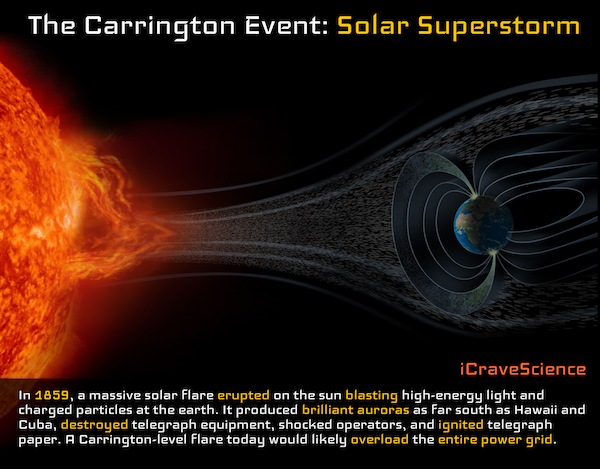
Known as the Carrington event, it set fire to telegraph offices all over the world. The colorful Aurora in the sky was visible from the polar regions all the way down to low latitude areas such as south-central Mexico, Queensland, Cuba, Hawaii, southern Japan and China, and even at lower latitudes very close to the equator, such as in Colombia. Since then, we have been largely spared save a few incidents such as the 1989 geomagnetic storm when power went out in Quebec and all trading was halted in the Toronto Stock Exchange, as well as some cases of satellite damage. 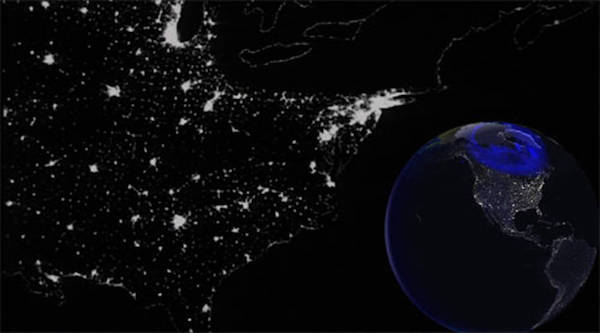
Artist's rendition of 1989 Quebec power outage Our planet forms a complex magnetic field around itself. It is our protective interface with energy from space. Many sources, including the world center for geomagnetism in Kyoto, Japan, have shown it weakening over the last 400 years. As of just a few years ago the field had decreased 10% since the 19th century and it's shift is hastening. This makes earth more vulnerable to flares from the Sun and galactic radiation. Evidence does suggest that humans have endured such events many times in the past. Complete pole shifts are registered many times in the geological solidification of volcanic magma. These mega flares happen anywhere from a hundred to a few hundred years apart so 160 years after the Carrington event, consider just how lucky we've been in our present electric age and just how important it is that we be mindful of the Sun. The Sun releases a lot of CMEs. Most are nowhere near large enough to cause technical failure but there are varying levels of geomagnetic storms that can occur from those eruptions and they are happening all the time. An earth directed CME is known as an interplanetary shock wave. Earth's magnetosphere is our protective shield against these eruptions and in all but the largest blast you really wouldn't notice any difference unless you live at high latitude and can see the auroral effect of geomagnetic storms. The level of the storm, the effect on satellites and electrical grids is largely dependent on the density and speed of the CME. The stronger the solar flare, the stronger the solar wind effect, and the stronger the solar wind, the stronger the geomagnetic storm. Starting to connect the dots with the audiophile experienceFor us audiophiles, where system sensitivity is very revealing, it begs the question: why does the sound quality seem to fluctuate haphazardly, just as the previously described solar activity? There are days where the sound seems godly, and then only a few hours later sounds unattractive. There is something to it and the North facing Blackbody's effectiveness is showing us a tie here. Many Sun cyclesLet's step back and examine some cycles of the Sun. Some are very short others are quite long. There are the two to three minute pulses and other three to five minute oscillations involved at the sunspot level. Let's look at the star as a whole. The Sun does not rotate the same speed at different latitudes. The equator rotates about ten days faster than the polar regions with a majority of the Sun having an average of about 28 days. (Coincidentally the same as one lunar cycle for Earth's moon, which begs the question: has some people's alleged sensitivity to lunar cycles been in fact a visual confusion with the unseen solar activity cycle?) The most commonly discussed cycle of the Sun is the sunspot cycle. NASA's official sunspot numbers show an approximately 11-year cycle of high and low sunspot activity. The high activity periods are called sunspot maxima while the periods of low sunspot activity are called sunspot minima. During the minimum there are few sunspots and therefore generally fewer solar flares. The amount of light the Sun gives off weakens slightly and the coronal holes are mostly confined to the polar regions. 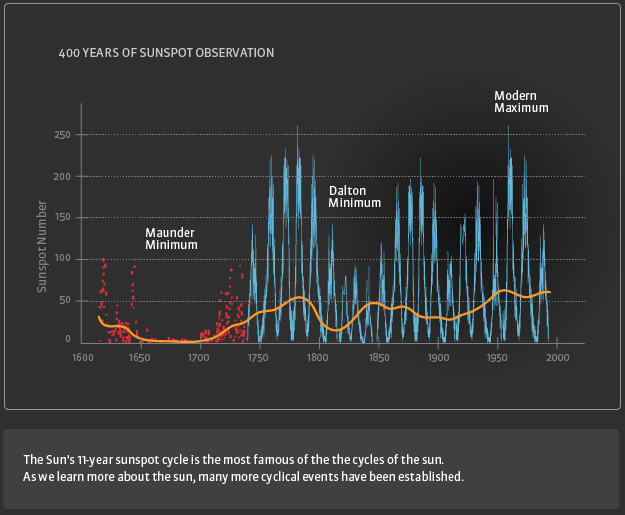
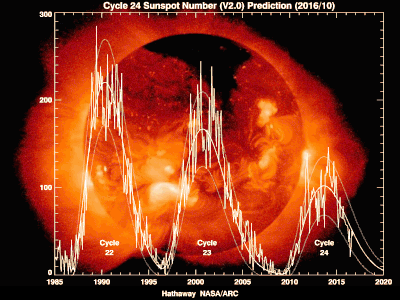
Contrast this with sunspot maximum where sunspots and coronal holes pepper the lower latitudes. The 11-year cycle is seen in terms of maximum and minimum sunspot activity but there's a matching simultaneously occurring cycle that follows an opposite pattern. The strength of the sun's polar fields is weak when sunspots are active. The solar cycle could be considered more as a function of polar field strength than sun spots. The Sun actually reverses its magnetic poles every 11 years. When this happens the polar forces move their way towards the equator and then to the opposite pole. While the magnetic fields are working their flip they form active sunspots at lower and lower latitudes. This leads to the counter-polarized sunspot groups periodically forming close to one another, causing the most violent flares. Bringing it together: summary about locally occurring cosmic precipitationTo summarize, the main points about cosmic weather and its local influence on our sound systems are: → The high energy particles arrive in mostly unpredictable waves and ebbs of showers. → They arrive mainly from the poles. → They have therefore a main direction. → They are of super high frequency. Alpha rays are Helium Nuclei, Beta rays are Electrons, Gamma rays are Photons → They can be of sufficient energy that they can free and scatter electrons. (Ionizing radiation.) → When strong, they are responsible for signal degradation. (Radio Blackouts.) That would be a description of them on the common days. The rarer and more severe case of exactly the same phenomena will blow out our transformers and cause our power stations to catch fire (1859 on steroids). On a biological level the influx of ionizing radiation has implications for the random gene mutations we see throughout the history of life's evolution. Continue to page 6. |
- Products
- Power Cables
-
 C-MARC™ Prime
The must have foundation for any sound system today.
From
$
486
C-MARC™ Prime
The must have foundation for any sound system today.
From
$
486
-
 C-MARC™ Classic
The unique super-cable power cord everyone's talking about.
From
$
1148
C-MARC™ Classic
The unique super-cable power cord everyone's talking about.
From
$
1148
-
 C-MARC™ Classic Entropic Process
The peerless, advanced Classic masterpiece.
From
$
1934
C-MARC™ Classic Entropic Process
The peerless, advanced Classic masterpiece.
From
$
1934
-
 C-MARC™ Stellar Entropic Process
The crown jewel for highest performance power connection.
From
$
2450
C-MARC™ Stellar Entropic Process
The crown jewel for highest performance power connection.
From
$
2450
-
- Loudspeaker Cables
- Interconnect Cables
-
 RCA C-MARC™
Cotton-clad true Litz • Whopping 2.3mm2 polarities
From
$
850
RCA C-MARC™
Cotton-clad true Litz • Whopping 2.3mm2 polarities
From
$
850
-
 RCA C-MARC™ Entropic Process
Our finest RCA cable • Polished Wenge barrels
From
$
1428
RCA C-MARC™ Entropic Process
Our finest RCA cable • Polished Wenge barrels
From
$
1428
-
 XLR C-MARC™
A hand-braided cotton-clad unique Litz construction
From
$
950
XLR C-MARC™
A hand-braided cotton-clad unique Litz construction
From
$
950
-
 XLR C-MARC™ Entropic Process
Stratospheric performance for the audio connoisseur
From
$
1615
XLR C-MARC™ Entropic Process
Stratospheric performance for the audio connoisseur
From
$
1615
-
- Digital Cables
-
 RCA Digital C-MARC™
Cotton-clad unique Litz design • Made only by LessLoss
From
$
510
RCA Digital C-MARC™
Cotton-clad unique Litz design • Made only by LessLoss
From
$
510
-
 RCA Digital C-MARC™ Entropic Process
Possibly the most subtle digital cable on the planet
From
$
858
RCA Digital C-MARC™ Entropic Process
Possibly the most subtle digital cable on the planet
From
$
858
-
 XLR Digital C-MARC™
Featuring a whopping 3 x 2.3mm2 Litz construction
From
$
570
XLR Digital C-MARC™
Featuring a whopping 3 x 2.3mm2 Litz construction
From
$
570
-
 XLR Digital C-MARC™ Entropic Process
Stratospheric performance for the audio connoisseur
From
$
969
XLR Digital C-MARC™ Entropic Process
Stratospheric performance for the audio connoisseur
From
$
969
-
- Grounding Cables
- Bulk Wire and Cable
- Signal Conditioners
-
 Firewall for Loudspeakers
Firewall for Loudspeakers
C-MARC™ Plug-and-Play Speaker signal conditioning like you've never imagined From $ 1656 -
 Firewall for Loudspeakers
Firewall for Loudspeakers
DIY version for Self-Installation For the Do-It-Yourself project enthusiast • Solder yourself From $ 800 -
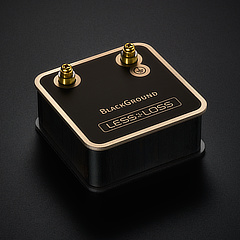 BlackGround DIY
Voltage-ground interface for a variety of applications
From
$
446
BlackGround DIY
Voltage-ground interface for a variety of applications
From
$
446
-
 BlackGround 8x/10x Speaker Base
Plug-and-play loudspeaker signal conditioner
From
$
3096
BlackGround 8x/10x Speaker Base
Plug-and-play loudspeaker signal conditioner
From
$
3096
-
- Power Conditioners
-
 Firewall 640x
Plug-and-play solution for any powered gear
Firewall 640x
Plug-and-play solution for any powered gear
C-MARC™ Entropic Process and standard lead versions From $ 654 -
 Firewall 640x DIY for Self-Installation
Self-solder and save!
From
$
320
Firewall 640x DIY for Self-Installation
Self-solder and save!
From
$
320
-
 BlackGround DIY
Voltage-ground interface for a variety of applications
From
$
446
BlackGround DIY
Voltage-ground interface for a variety of applications
From
$
446
-
 BlackGround 6x/10x Power Base
Plug-and-play power conditioner
From
$
2350
BlackGround 6x/10x Power Base
Plug-and-play power conditioner
From
$
2350
-
- Power Distributors
- Equipment Feet
- Field Conditioner
- DACs
- Power Cables
- Reviews
- This is definitely the cable to go for. It will almost literally blow your mind. – March 2012, Puresound Magazine
-
I was intrigued by the unanimously positive reviews garnered by these products ...
– by user Raymond Eye
Leaves you speechless
Sensational cables
BEST purchase I've made
Top notch performance
It's a steal
Musical... liquid... 3D
It's not subtle
More than an upgrade
Best I've heard so far
Stellar service
Sounds like a new system
Much more lifelike
Emotional flow
Overwhelming results
More dimensional
Sound is transformative
We were all astounded
Transformed my listening
Sounds so cohesive
Emotionally engaging
- Where to Start
- Free Newsletter
- Newsletter Archive
- B-Stock Alerts
- Shopping Tools
-
Shipping
- Free Shipping Learn about our international shipping policy
-
Return Options
Our satisfaction guarantee
and return policy -
Customs
UPS expedites local
customs clearance
-
Transaction
- Conditions of Sale Agreement for a smooth business transaction
- Privacy Policy We pledge to keep your information private
-
Terms of Use
Business policies
and agreements
-
Account
-
- Contact Us
-
Meet the Designers
-
- Care to share of your personal experience with our products? We'd be happy to post it!
- Want to learn more about our activities? Our Newsletter is both free and spam-free.
hi-res photos, brochures
logos, press releases, and
print-friendly PDF downloads. -
Contact Us
Connect with Us
-














